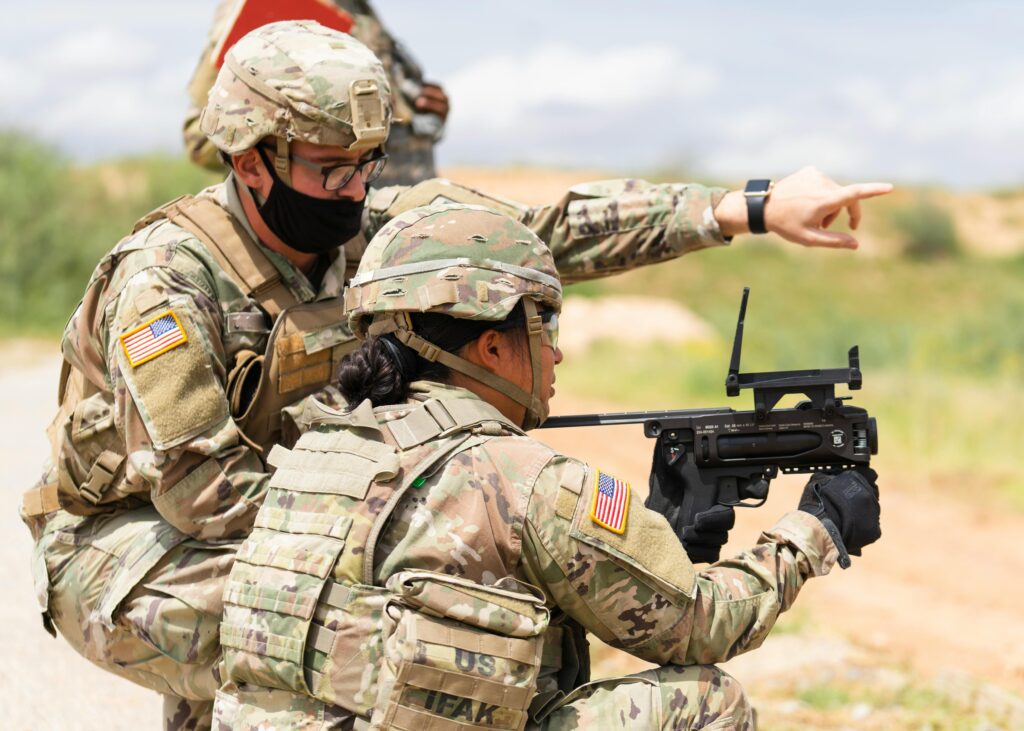
The Clackamas Fire District has invested $50,000 in virtual reality training for its paramedics and firefighters.
The funds were used to buy virtual reality (VR) software developed by EmergiSim, an Australian business. In contrast, headsets that retail for $199 on Amazon are far less expensive.
An article on FireRescue1, an online resource for firefighters, described how the software might mimic a variety of high-stress situations, including shootings, protests, and even terrorist attacks, to help first responders get ready for the real thing.
Division Chief of EMS for Clackamas Fire District #1 Rick Huffman offered his opinions on the new VR training program: The main benefit of this kind of training is that it enables us to train a large number of victims. We don’t do that very frequently.
Virtual reality’s cognitive science is validated. Your mind perceives you as being there.
Huffman goes on
Nothing can ever fully replace the actual thing, but at least this helps you become ready by immunizing you against its stress.
VR training
Huffman added that regular movies don’t have the same learning impact as virtual reality (VR), and that these immersive experiences are far more engaging for trainees than just taking notes in a classroom setting.
He says that the fact that VR training solutions have been proven to be effective makes them the most alluring option.
For instance, a 2021 study conducted by Chinese researchers at Nanjing Medical University revealed that students who trained with virtual reality (VR) outperformed pupils who used traditional learning methods in tests and other assignments.
When utilizing the VR system, first responders at the Clackamas Fire District are said to have already shown that they are capable of remembering a significant amount of material relevant to their line of work.
The country’s second fire agency to use EnergiSim’s VR program is Clackamas Fire District.
Emergency Medical Services Authority in Oklahoma was the first to employ it; nevertheless, it seems that the technology had conflicting effects on them, including the potential to cause nausea and dizziness. They started utilizing it in 2021.
The program is still being used by the medical organization, but owing to “organization changes,” it is still in the testing phase, a representative for the agency said.
According to Huffman, he would also enable any member of his team who feels uneasy about the VR to resume their training using traditional video formats.
Fire Chief Huffman intends to launch the training program by late summer, assuming all goes according to plan. Eventually, he wants to roll it out to all 25 of the department’s stations.
Virtual reality training, according to John Turner MD FACEP, Associate Medical Director for EMS Agencies in Clackamas County, “creates the opportunity for lower-stress training in what can be very stressful situations.”
Turner also affirmed the realistic feel of the show:
“It just feels so real to have sirens going off and crowd noise playing in the headset.” It elevates it to a new plane.
In all regions and businesses, virtual reality is becoming a more and more common teaching tool.
Nottingham University launched a virtual reality classroom in February that allowed for remote viewing and discussion between instructors and students.
The AA and AruVR collaborated last year to use VR immersive learning modules to equip its personnel for any scenario.







